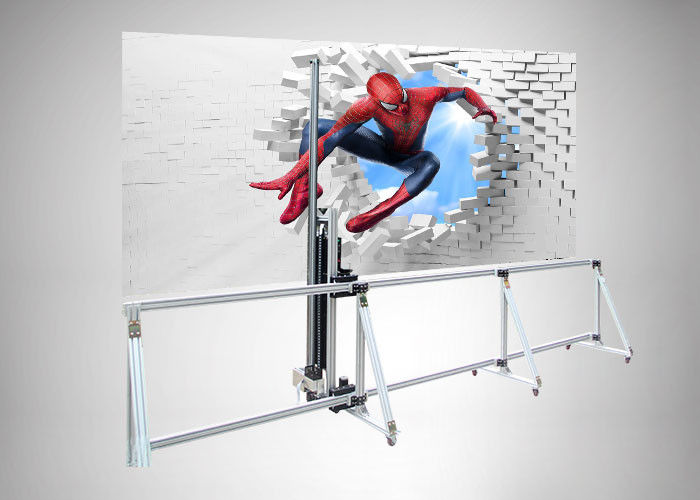

- #Windows xp pe iso how to#
- #Windows xp pe iso 64 Bit#
- #Windows xp pe iso portable#
- #Windows xp pe iso code#

If there is only one such legacy entry, no menu will be displayed. Once NTLDR has finished calling these child processes, it will display a second menu which gives you a choice of which Windows NT-based operating system to load. This 16-bit program calls up several other files that need to be in the same root directory of the single active partition on the primary boot disk that carry out of the different tasks needed to get your system up and running:

NTLDR is stored in the root of the FAT16, FAT32, or NTFS partition set as active and primary. NTLDR then loads the older version of Windows. As a work around, Microsoft configured bootmgr to load the old NTLDR boot menu, which will then display its own list of legacy operating systems, according to boot.ini.
#Windows xp pe iso how to#
While the new Windows Vista/7/8 bootloader (known as bootmgr) can load Windows Vista and up directly 1, it doesn’t know how to start up older versions of Windows. The first part of this procedure is depicted below: usually by loading yet another binary file which initializes the environment bringing the machine out of real mode and into protected mode with virtual memory and launches the kernel.
#Windows xp pe iso code#
The code in the bootsector is then run, which typically loads a binary file from the root of the same active partition, which typically presents the user with a menu of operating systems to boot from (assuming there is more than one) and proceeds to boot into the selected OS…. The MBR then loads some more binary code in the bootsector of the active partition on that same disk. When you power on your PC, the BIOS is loaded which first detects and initializes basic hardware, then loads a small amount of binary code stored in the MBR of the primary boot disk. Regardless of what you’re booting – and even what bootloader you are using – the basic boot process starts off in the same way. If you’re not interested in the mechanics of the boot process and aren’t doing anything especially complicated, feel free to skip ahead to the step-by-step dual-booting instructions: The Boot Process This article refers to the technical aspects of the Windows XP bootloader and provides background information needed to fully understand how to correctly dual-boot newer versions of Windows (including Vista, 7, and 8) with Windows XP.
#Windows xp pe iso portable#
Apps that you download using the portable apps menu during the session will only remain until you close the session, however. There’s no guarantee that all portable apps will work with this ISO, but you won’t know until you try. You can also add more apps via the portable apps menu, or you can download your own portable apps and include them in the ISO or on your bootable USB drive if you’re using one. Here’s a list of the current apps in the boot disk:
#Windows xp pe iso 64 Bit#
Not too long ago he came out with an update, a dual boot 32 bit and 64 bit boot disk, which includes some new apps. Gandalf from wrote an article last year about his Windows 8 based PE boot disk, which is a really useful boot disk with many free portable repair and troubleshooting applications on it.


 0 kommentar(er)
0 kommentar(er)
